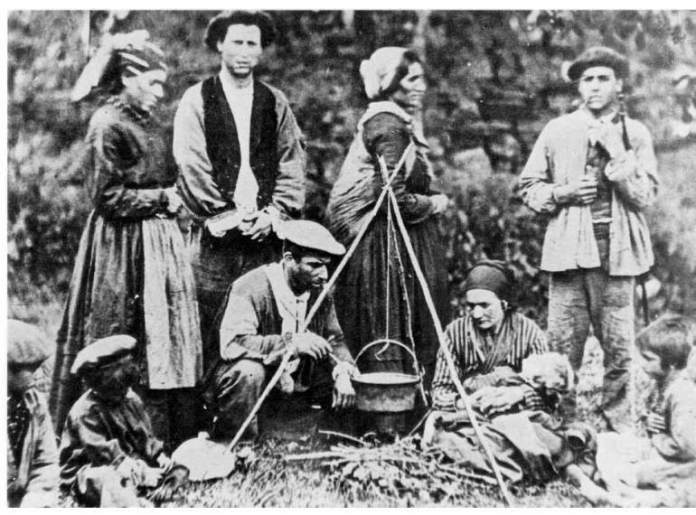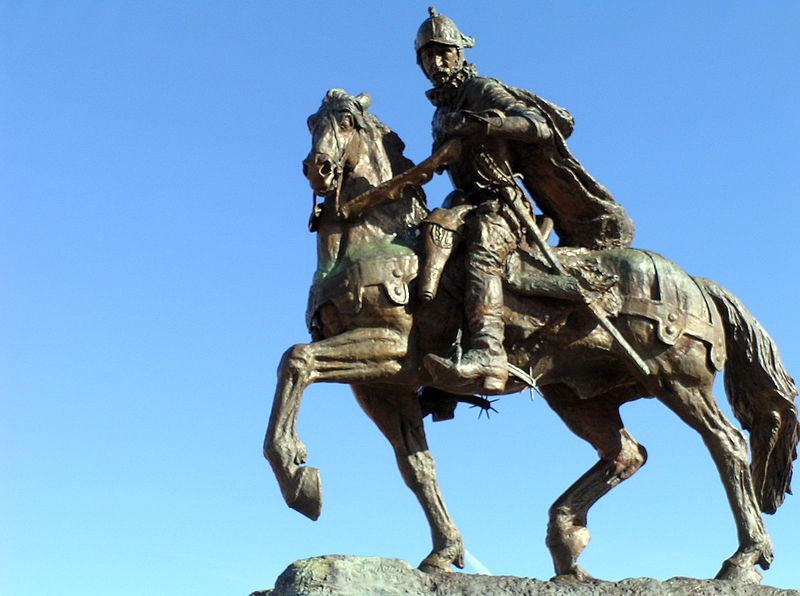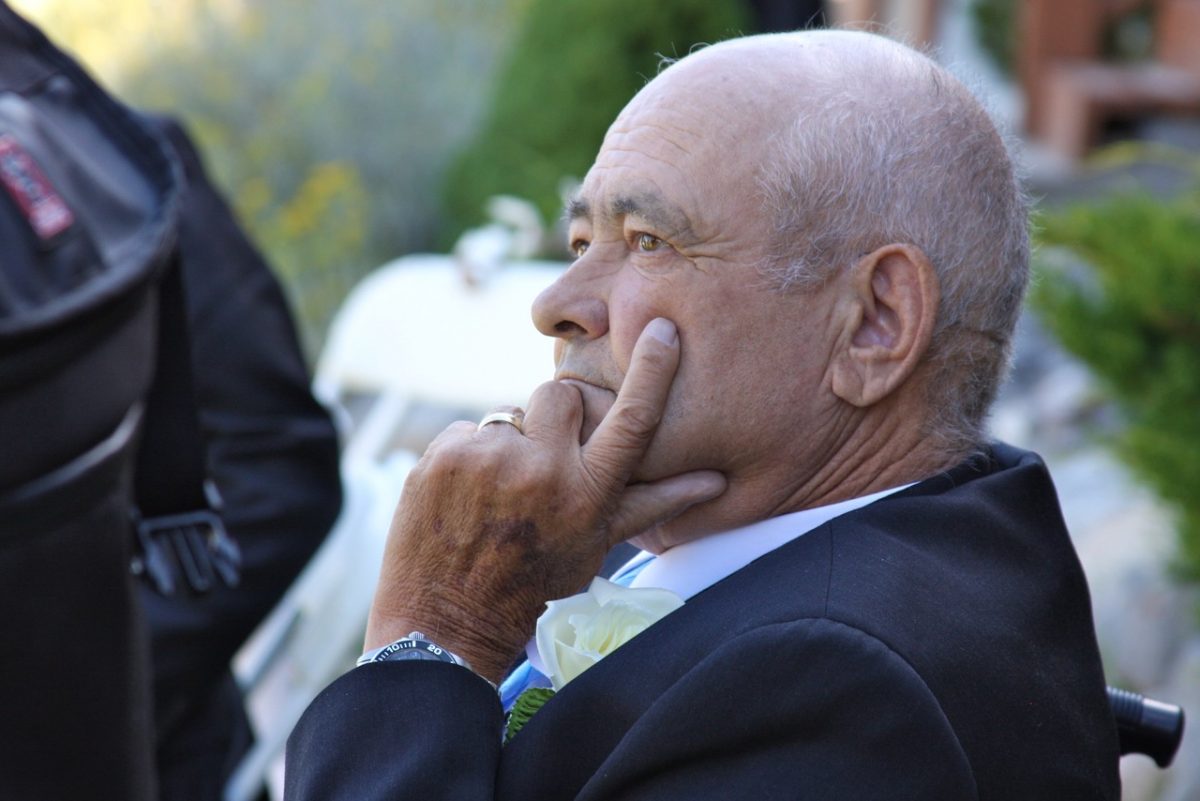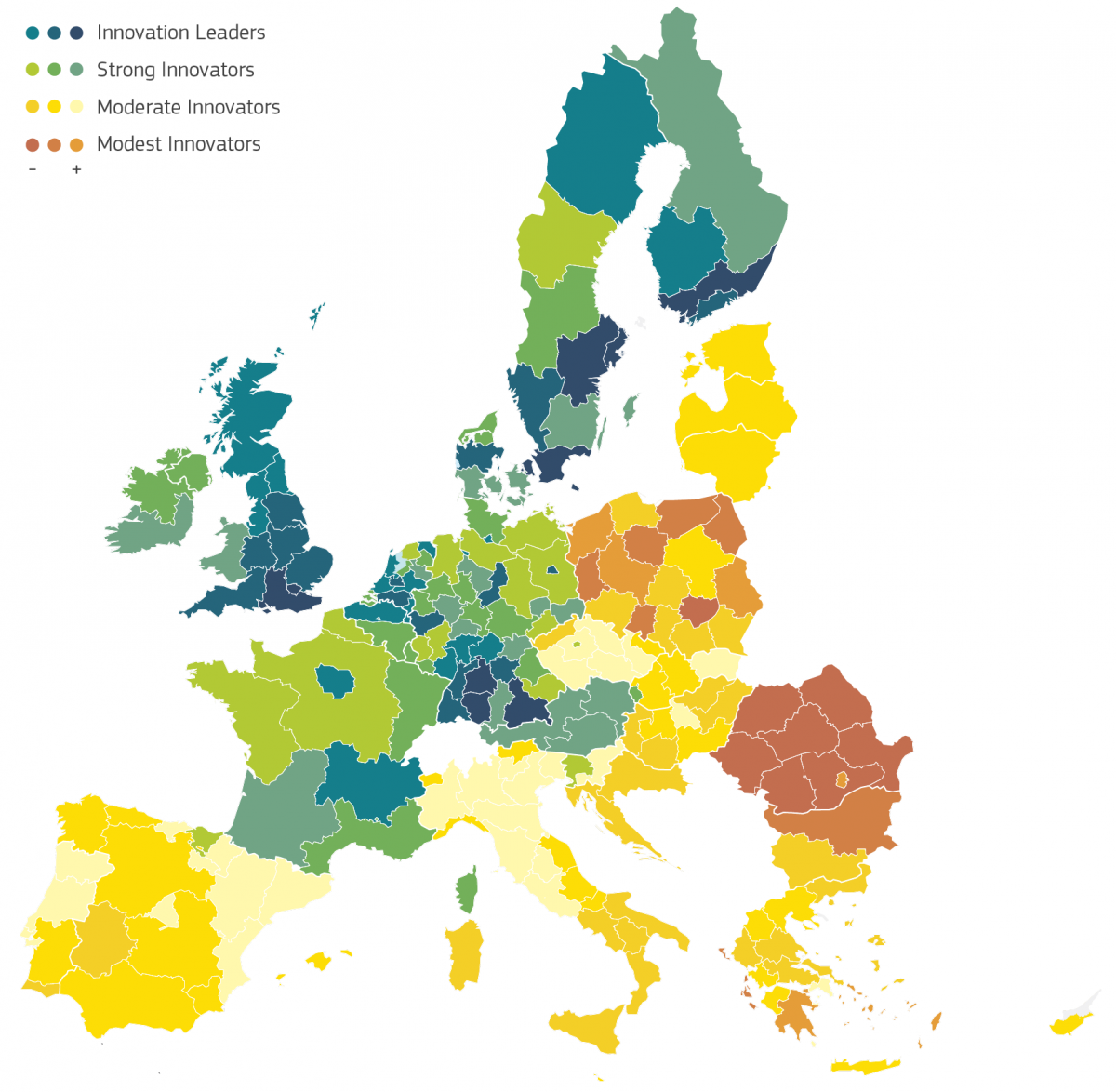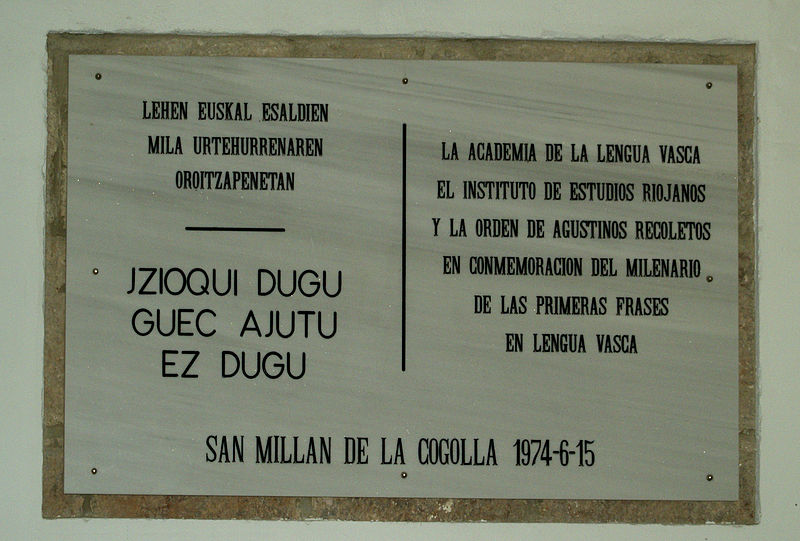One of the primary ways in which Basques express their culture is through music, and a revival of folk instruments has been, pardon the pun, instrumental in developing a unique sound. Possibly one of the most unique and thus identifiable instruments is the txalaparta. In its simplest form, the txalaparta is simply a set of wooden planks (maybe only one) that are supported by either baskets, chairs, or boxes and are pounded with wooden mallets. Percussive music is made by where the plank is hit, with different notes resonating depending on location. Typically, the txalaparta is played by two players.

- Other variants of the txalaparta include the toberak, kirikoketa, ttinbilin-ttanbalan and ote-jotzea. These often arise from work. The kirikoketa, for example, is played at the fiesta celebrating the making of the cider, using the hammers and mallets used to smash the apples to hit the boards. Similarly, the ttinbilin-ttanbalan celebrates the placing of the center beam in a new house, using the chisels and hammers to make the music.
- The txalaparta itself is related to cider making. In many cider houses around Donostia, when they were done making the cider, they would place the txalaparta outside and begin playing it. They often used the boards used to press the apples. This alerted the surrounding villages to the party. The villagers would come, where they would be “jumping, shouting, drinking cider, and playing and listening to the txalaparta until dawn” (Ramón Goikoetxea).
- The toberak replace the wooden mallets and planks with metal rods and bars. These may have started, again, as a work task, taking the pipes from the forge and hitting them with hammers to knock soot loose, cleaning them. In modern txalaparta playing, in addition to metal and wood, glass and stone are sometimes used, all in combination.
- There are typically two players, called ttakuna, tukutuna or bia (the two) and herrena (lame), urguna (lame), pikatzailea or bata (the one). They have different roles. One is responsible for creating the rhythm and the other dismantles that order, creating tension. They constantly speed up until it isn’t possible to maintain the tension any longer. While the rules for playing the txalaparta are strict, they also allow the players, through phrasing and rhythmic combinations, tone, intensity and tempo changes, to play with great freedom to develop their creativity and to improvise.
Primary source: Beltrán Argiñena, Juan Mari. Txalaparta. Enciclopedia Auñamendi, 2019. Available at: http://aunamendi.eusko-ikaskuntza.eus/es/txalaparta/ar-132599/


